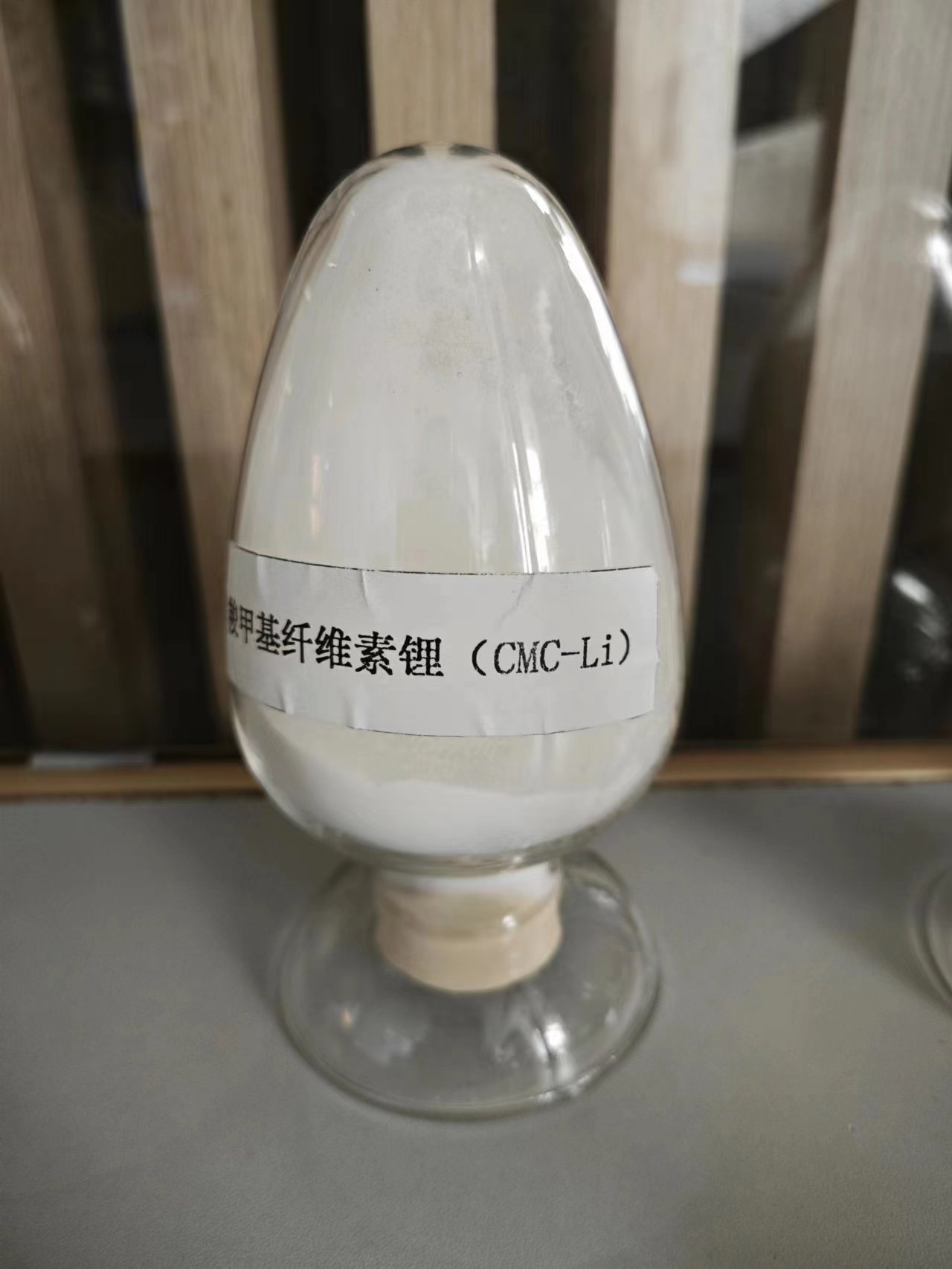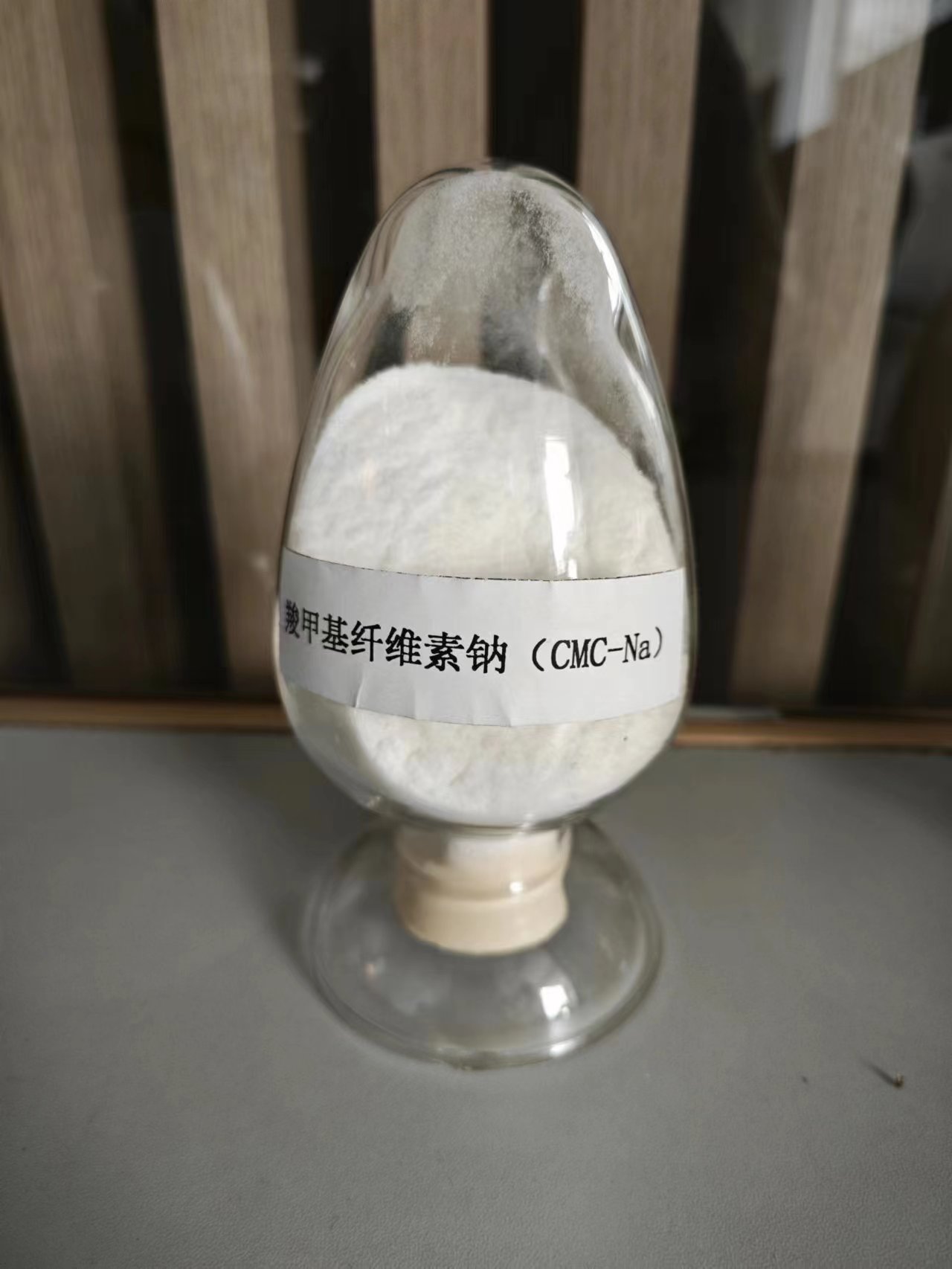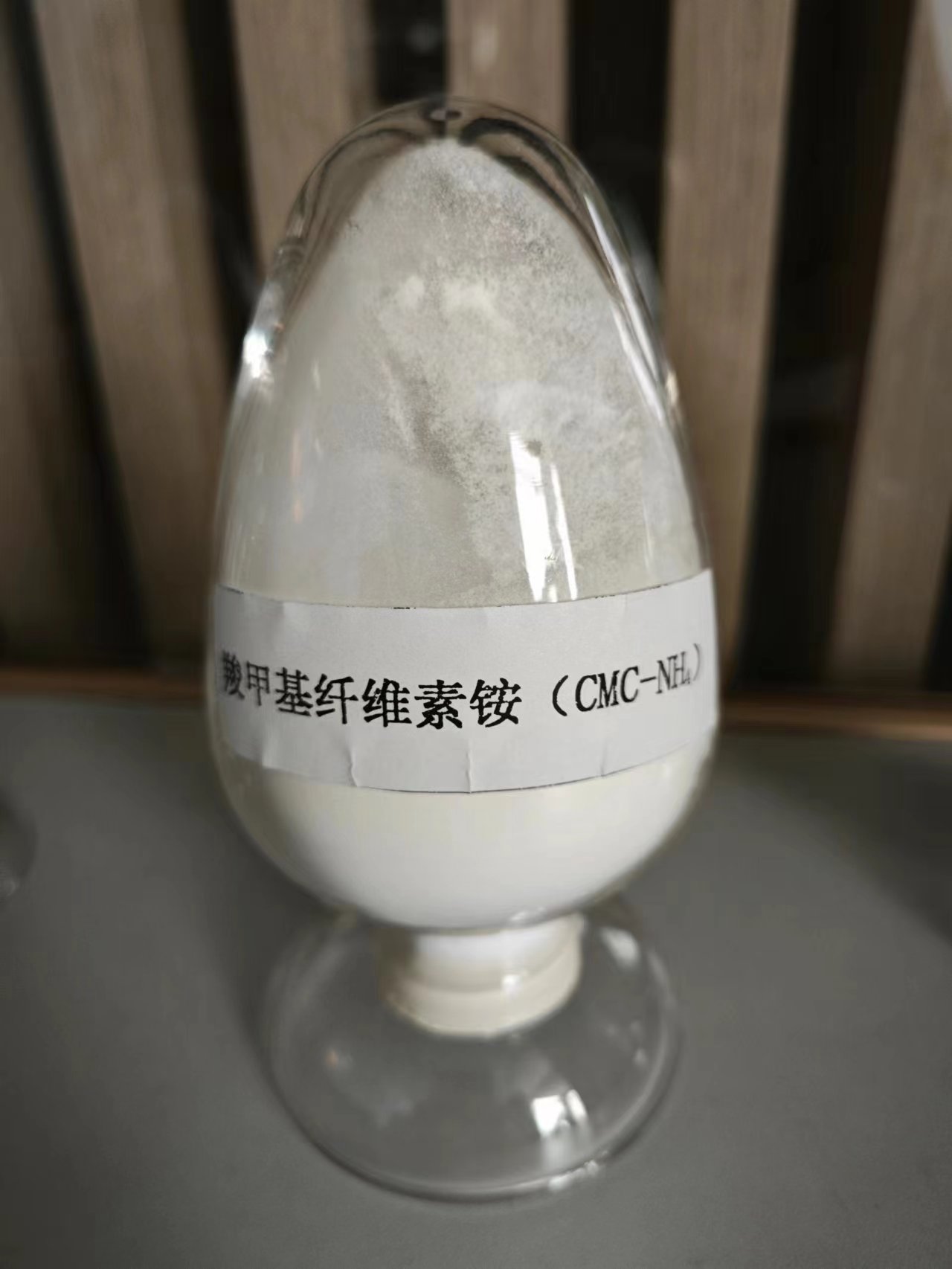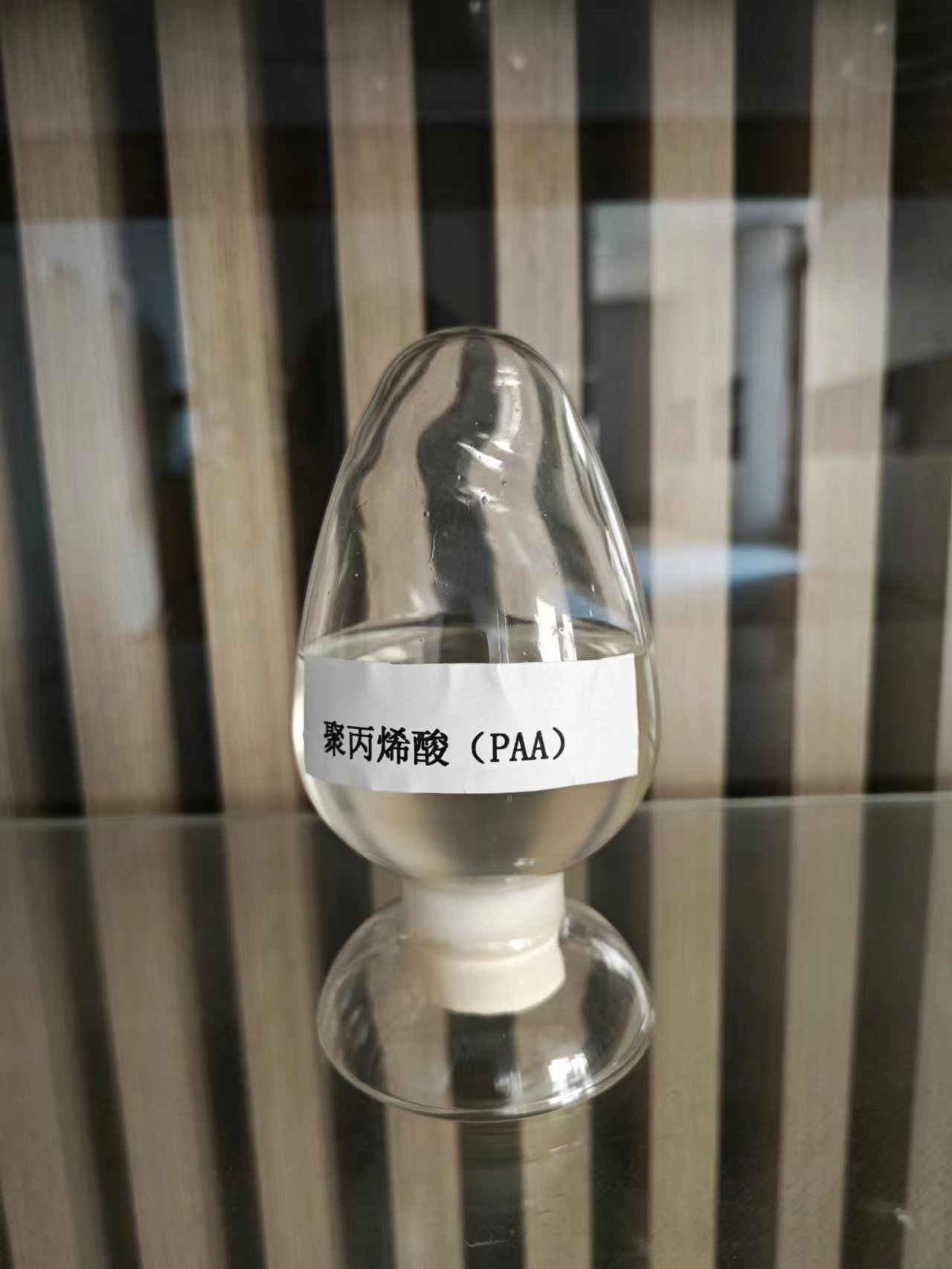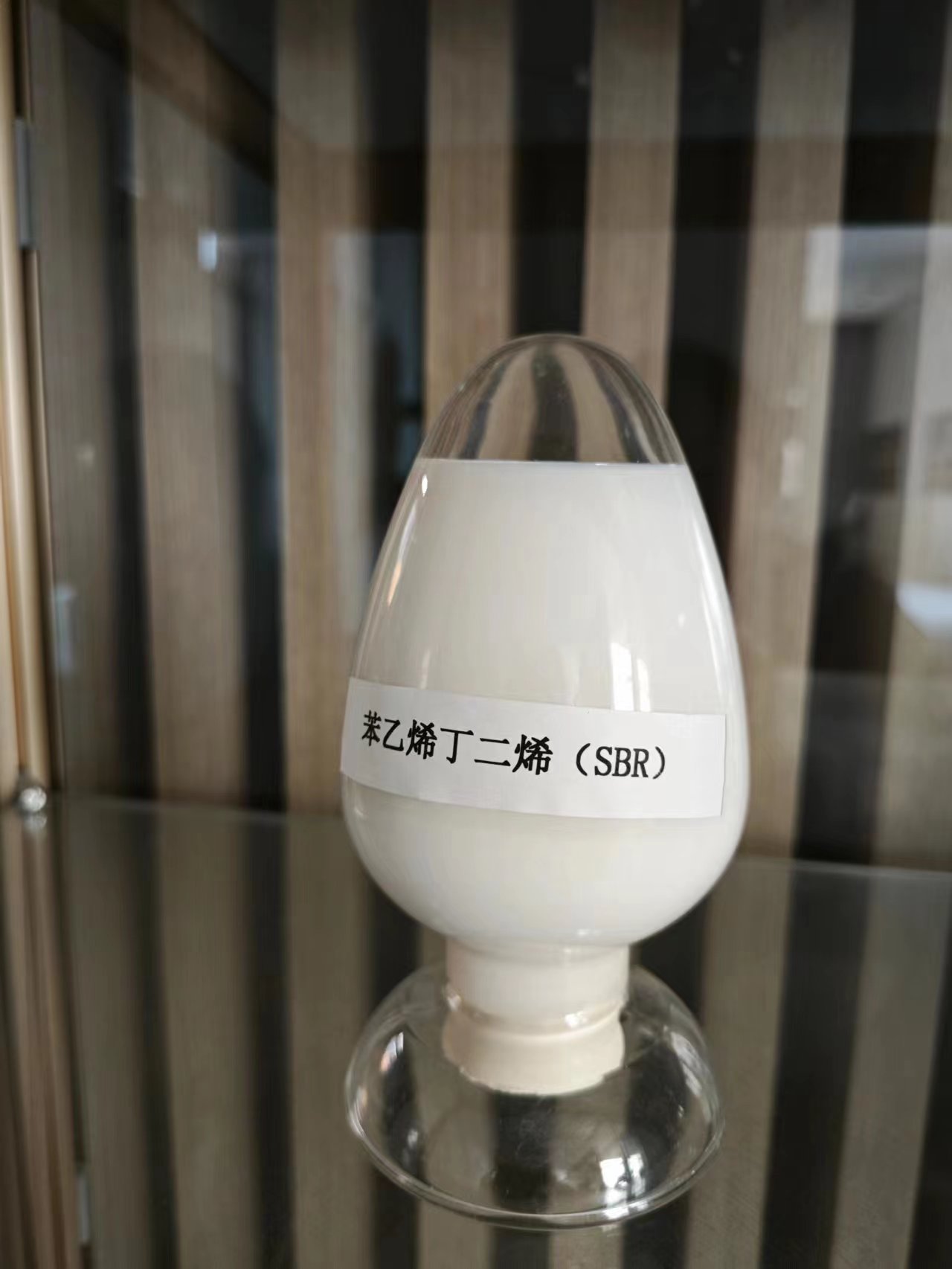 Your current location:
home
>
Exhibition Hall Online
>
Venue Layout
>
N3
>
Power Battery Booths
>
Green Energy Cellulose Materia...
Your current location:
home
>
Exhibition Hall Online
>
Venue Layout
>
N3
>
Power Battery Booths
>
Green Energy Cellulose Materia...
